When it comes to buying a car, most people look at price, performance, and fuel economy. However, a factor that often goes unnoticed—but holds significant long-term value—is the factory warranty.
A strong factory warranty not only gives buyers peace of mind but also speaks volumes about a manufacturer’s confidence in their product. A solid warranty plan can save you thousands of dollars in repairs and maintenance, especially when it covers key components like the engine, transmission, and electrical systems for extended periods.
Factory warranties vary widely by brand and region. While some carmakers offer short-term coverage that barely lasts beyond the first couple of years, others provide robust, long-lasting plans that cover the vehicle well beyond the typical ownership cycle.
It’s not just about the number of years, either. Good warranties are backed by responsive customer service, offer roadside assistance, and cover major systems without making owners jump through hoops.
In this section, we highlight five cars from various parts of the world that come with outstanding factory warranties. These warranties go far beyond the industry standard, covering not just powertrains but often the entire vehicle for longer durations.
These automakers use their warranty plans as a selling point, and for good reason—they understand that consumers want reliability, predictability, and value for money.
We’ll examine cars from the United States, South Korea, Japan, and Europe, all offering above-average protection plans that keep owners feeling secure. Whether it’s a compact sedan, a family SUV, or an electric vehicle, these cars come with factory warranties that show the manufacturers are willing to stand behind their engineering.
5 Cars With Great Factory Warranties
Specifications, warranty details, and the brand’s reputation for service will all be considered. If you’re planning to invest in a new car and want long-term peace of mind, these are some of the best factory-backed warranty options on the global market today.
Also Read: 5 Cars That Age Gracefully and 5 That Fall Apart Fast
1. Hyundai Sonata (South Korea) – Class-Leading 10-Year Powertrain Warranty
The Hyundai Sonata has become one of the most trusted mid-size sedans on the market—not just because of its design, features, and fuel economy—but also because of its industry-leading warranty.
Hyundai offers an unmatched 10-year/100,000-mile powertrain warranty along with a 5-year/60,000-mile basic warranty, making the Sonata a top choice for drivers looking for long-term peace of mind.
What sets the Sonata’s warranty apart is its comprehensive nature. The powertrain coverage includes the engine, transmission, and transaxle components. Hyundai also throws in a 7-year anti-perforation warranty and 5 years of unlimited mileage roadside assistance, which adds an extra layer of confidence for the buyer.
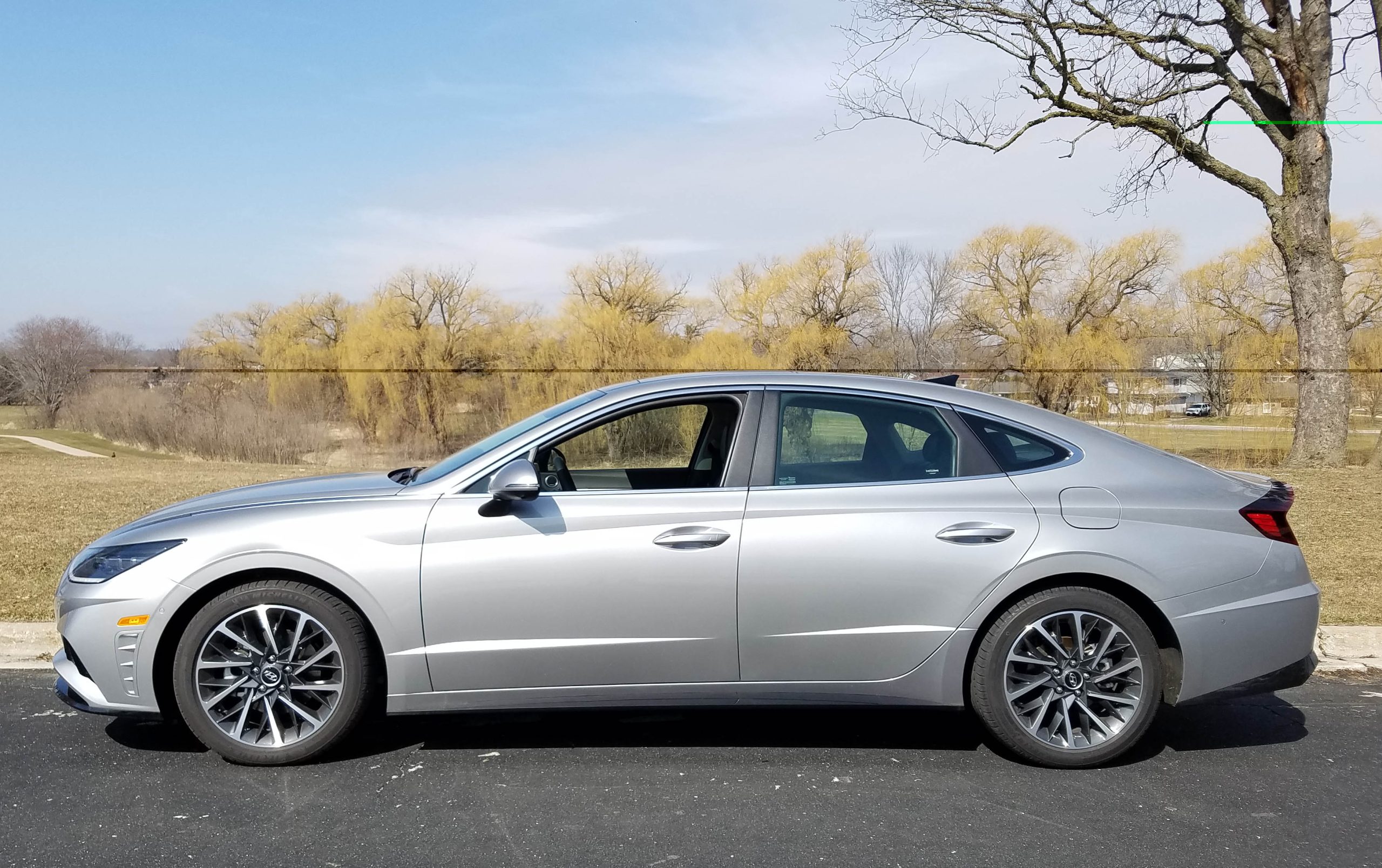
Hyundai introduced this generous warranty program as part of its strategy to rebuild customer trust in the early 2000s. Since then, it has become a core part of the brand’s identity.
The company’s confidence in the Sonata’s build quality and reliability has only grown over the years. Owners report lower-than-average repair costs, and the warranty itself covers a broad range of components, even including select hybrid system parts in newer models.
Additionally, Hyundai has developed a solid reputation for honoring its warranties. Many dealers are responsive and proactive when it comes to handling repairs under warranty, which is not always the case with other brands. This reliability in customer service boosts the real-world value of the warranty even more.
For anyone wanting a mid-size sedan backed by long-term assurance, the Hyundai Sonata’s factory warranty is nearly impossible to beat.
2. Kia Telluride (South Korea) – Long-Term Coverage for Families
The Kia Telluride is one of the most awarded SUVs in recent years, and its appeal isn’t limited to comfort, design, or performance. It’s also backed by one of the most comprehensive warranties in the global auto industry, offering the same coverage as its corporate sibling Hyundai: a 10-year/100,000-mile powertrain warranty and a 5-year/60,000-mile basic warranty.
For a three-row SUV aimed at growing families, this kind of coverage is a major bonus. Families often put a lot of miles on their vehicles through daily commuting, road trips, and errands.
Having a warranty that extends well into the ownership cycle means fewer unexpected repair costs during those crucial years. Kia’s roadside assistance also lasts 5 years with unlimited mileage, which is extremely useful for long-distance drivers or road-tripping families.
The powertrain warranty covers engine components, the transmission, and all-wheel-drive system—everything that would be costly to repair out of pocket. In terms of build quality, the Telluride has earned praise for its solid feel and reliability, but the warranty acts as a safety net that elevates it even more above the competition.
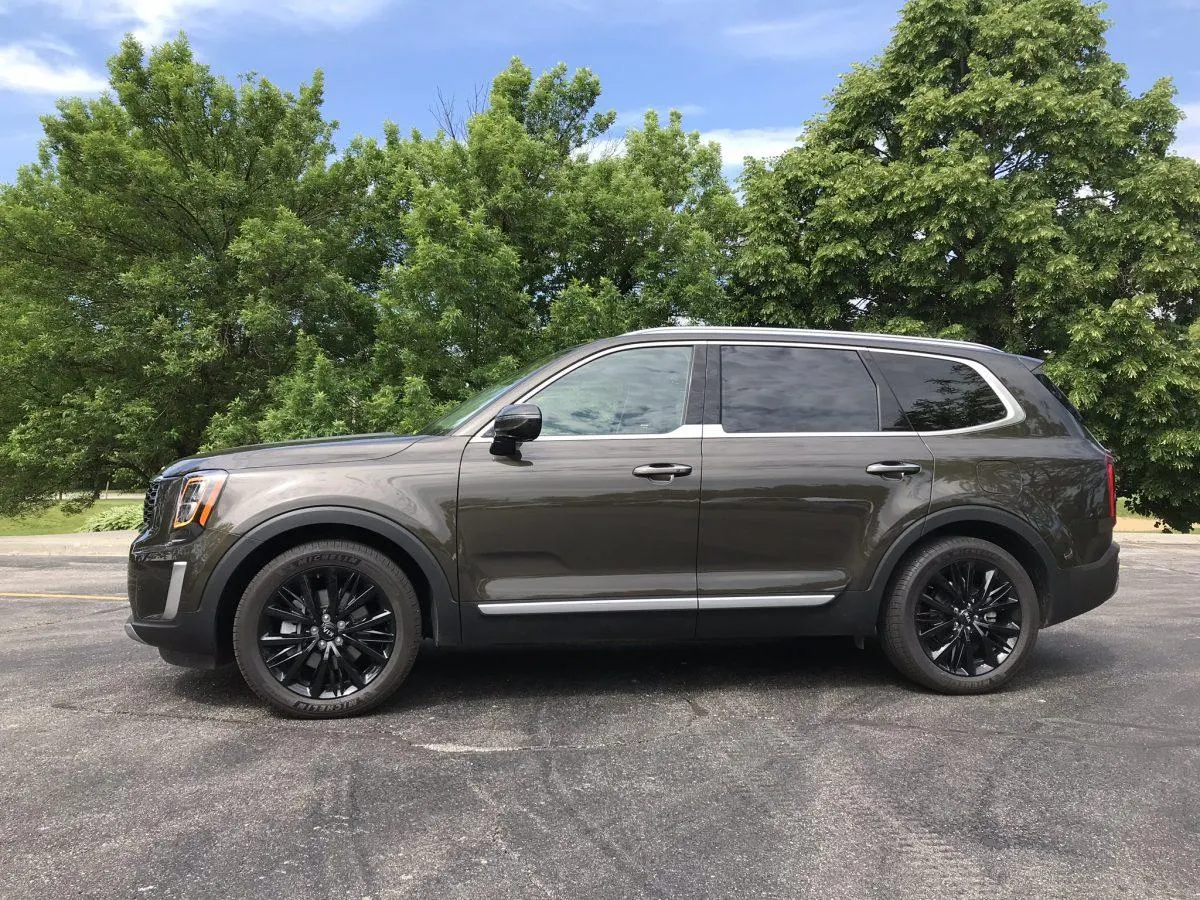
Kia also receives high marks for dealer satisfaction when handling warranty claims. Repairs are often done efficiently and without excessive documentation. This dependable warranty service, paired with the vehicle’s value proposition and features, makes the Telluride one of the smartest long-term SUV purchases available today.
If you’re buying with durability in mind, the Telluride’s warranty helps turn this already excellent SUV into a class leader.
3. Mitsubishi Outlander PHEV (Japan) – Plug-in Powertrain with Confidence
The Mitsubishi Outlander Plug-in Hybrid Electric Vehicle (PHEV) is not only a standout in the hybrid SUV market, but it also offers one of the most generous factory warranties available in the hybrid space.
Mitsubishi provides a 10-year/100,000-mile warranty on its PHEV powertrain and battery system, a 5-year/60,000-mile basic warranty, and a 7-year anti-corrosion warranty.
In an age where plug-in hybrid systems are becoming more complex and expensive to repair, this extended coverage gives buyers a strong sense of security.
The warranty specifically includes components like the lithium-ion battery, electric motors, and control systems, which are critical in a hybrid vehicle. These parts can be incredibly costly if they fail out of warranty, but Mitsubishi’s long-term promise ensures that buyers are protected.
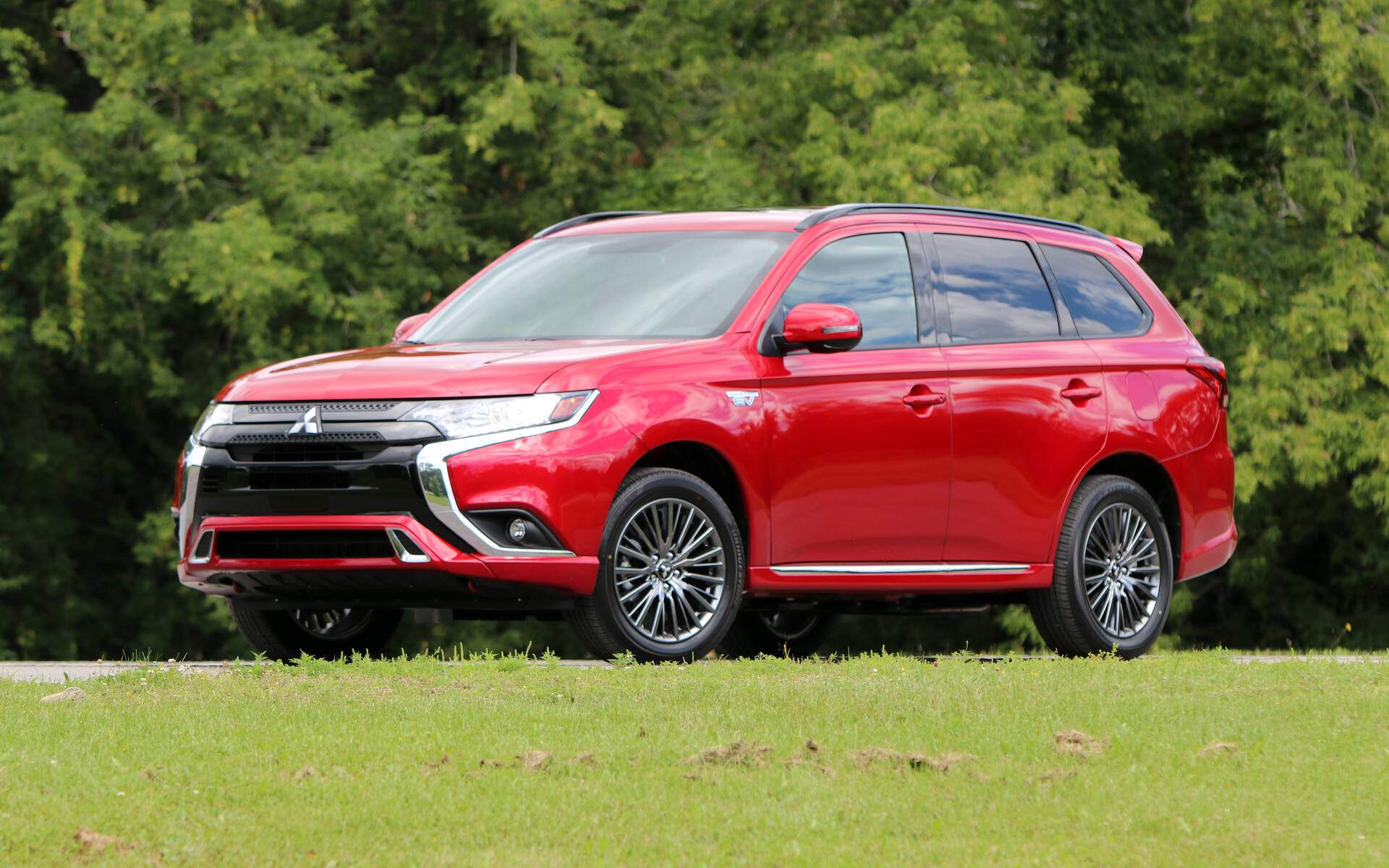
Another advantage is Mitsubishi’s coverage of hybrid-specific systems. Most other brands offer only 8-year coverage on hybrid batteries due to legal mandates, but Mitsubishi goes above and beyond with its 10-year policy, making it one of the most EV-friendly warranties in its class. The Outlander PHEV also includes 5 years of roadside assistance, offering further peace of mind for owners.
This SUV isn’t just a niche product. It has global appeal, especially in Europe and Asia, where PHEV technology is widely adopted. The generous warranty is part of Mitsubishi’s strategy to push into the electrified vehicle segment more aggressively.
For buyers hesitant about switching to hybrid or plug-in vehicles, Mitsubishi’s robust warranty support makes the Outlander PHEV an appealing and safe choice.
4. Genesis G80 (South Korea) – Premium Coverage in a Luxury Package
Genesis, Hyundai’s luxury division, entered the premium market with a bold offer: a luxury experience backed by a best-in-class warranty. The Genesis G80, one of the brand’s flagship sedans, comes with a 10-year/100,000-mile powertrain warranty, a 5-year/60,000-mile basic warranty, and 3 years/36,000 miles of complimentary scheduled maintenance.
This coverage is unusual in the luxury car world. While brands like BMW and Mercedes-Benz typically offer 4-year warranties, Genesis exceeds expectations by applying Hyundai’s generous terms to a premium sedan.
The warranty includes drivetrain components, emissions systems, and hybrid tech (for models equipped). But Genesis adds more—valet service, free scheduled maintenance, and concierge support all come standard.
What makes the G80’s warranty even more special is how Genesis integrates it into the ownership experience. If your car needs service, Genesis will pick it up, service it, and return it to your home or workplace—all without additional charge. This is not only about repairs, but also about reducing the time and stress involved in regular vehicle upkeep.
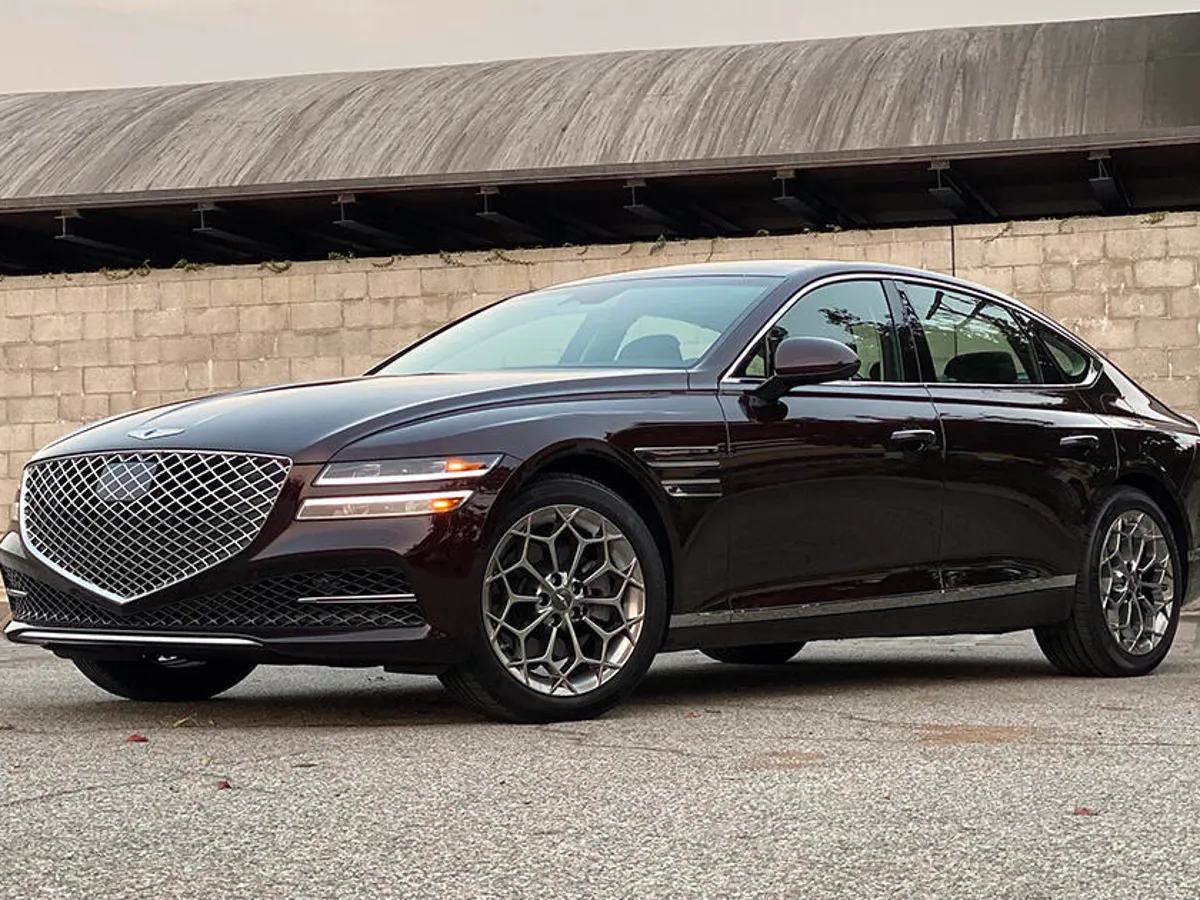
From a build-quality standpoint, the G80 has received strong reliability ratings and is often praised for its quiet ride and solid craftsmanship. Still, even with such quality, the luxury space demands trust. Genesis addresses that demand by removing uncertainty with its warranty.
For buyers seeking both luxury and peace of mind, the Genesis G80 delivers a rare combination of premium design and protective support few can match.
5. Lexus RX (Japan) – Exceptional Reliability Backed by Solid Warranty
Lexus has always been known for reliability, and the Lexus RX continues that tradition. While Lexus doesn’t offer the longest warranty in the business, it provides something just as important—reliability paired with comprehensive, hassle-free coverage.
The RX comes with a 6-year/70,000-mile powertrain warranty and a 4-year/50,000-mile basic warranty, which is stronger than average for the luxury segment.
Lexus also includes 6 years of roadside assistance with no mileage limit, which adds to the brand’s high standard of after-sales service. More importantly, Lexus vehicles are known for rarely needing serious repairs during the warranty period. This means that most owners never even need to use the warranty, but when they do, Lexus service centers are efficient, quick, and professional.
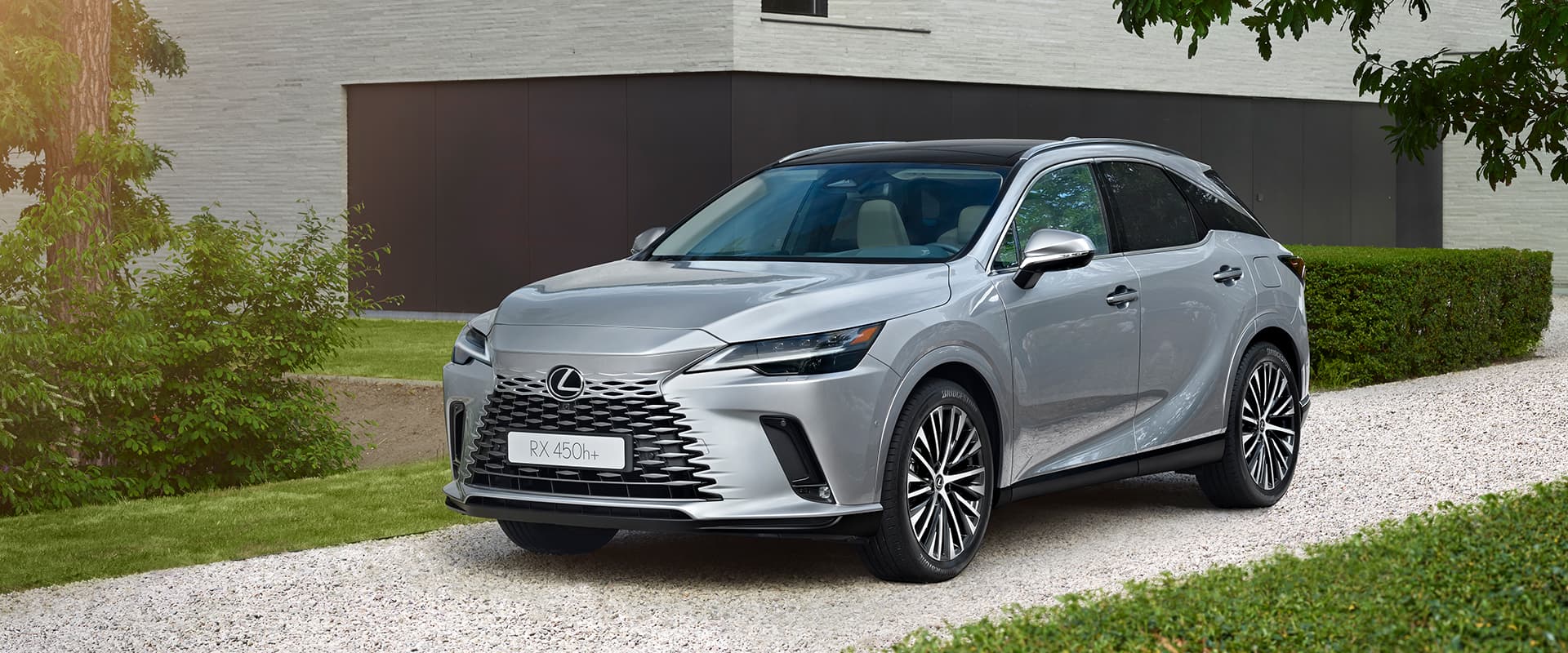
For hybrid versions of the RX, the battery is covered under an 8-year/100,000-mile warranty, and newer models offer an extended hybrid battery warranty of up to 10 years or 150,000 miles, depending on the region. This matches or exceeds the coverage provided by many hybrid-focused manufacturers.
Lexus also keeps warranty-related costs low for the consumer. There are very few hidden exclusions or surprises. What you see is what you get, and Lexus stands by its word. This consistency in both product quality and warranty service makes the RX a reliable long-term luxury SUV.
If you want solid coverage that is easy to understand and backed by a brand with a reputation for excellence, the Lexus RX delivers outstanding peace of mind.
5 Cars With Useless Coverage
While strong factory warranties give drivers confidence and long-term value, weak or restrictive warranties can lead to costly disappointments. A factory warranty is supposed to act as a safety net, covering vital systems and shielding owners from the financial burden of early mechanical failure.
However, not all warranties are created equal. Some are filled with fine print, limited durations, confusing conditions, and coverage gaps that leave owners frustrated and unprotected just when they need help the most.
In this section, we’ll explore five vehicles from various markets that come with less-than-impressive warranty coverage.
Some of these cars belong to well-known brands that either offer very short warranty durations or fail to include important systems under their factory plans. Others may offer average coverage on paper but fall short in real-world service experiences—slow dealer responses, denied claims, or unnecessary red tape.
One key issue with weak warranties is that they often fail to match the reliability of the vehicle. If a car is known to have issues and the warranty doesn’t provide sufficient support, the cost of ownership can increase significantly. This is especially problematic for budget-focused buyers who assume basic factory protection will last for several years.
We will consider several factors in labeling these warranties as “useless,” such as short coverage periods, lack of powertrain support, complex exclusions, and poor warranty servicing reputation. Some of these cars may be affordable or even popular, but their warranty policies drag down their overall value.
Whether you’re shopping for a new or used model, understanding the limits of a bad factory warranty can help you avoid unexpected repair bills. The cars listed in this section serve as cautionary examples of what to watch out for. Always read the fine print, and know what kind of support you’re actually getting before you drive off the lot.
1. Fiat 500 (Italy) – Short Warranty, Long List of Issues
The Fiat 500 is a charming and stylish compact car with retro appeal, but when it comes to factory warranty coverage, it falls behind many of its global competitors.
Fiat offers a 4-year/50,000-mile basic warranty for the 500, which includes both bumper-to-bumper and powertrain coverage. While that may sound sufficient at first glance, the real problem is the reliability of the car itself combined with Fiat’s spotty warranty service reputation.
Fiat has long been criticized for having below-average reliability ratings, especially in the U.S. and European markets. Electrical problems, transmission issues, and poor build quality have led to a high number of warranty claims.
However, Fiat dealers are often underprepared to handle repairs quickly or effectively, which diminishes the practical value of the warranty.

Additionally, the Fiat 500 lacks a separate powertrain warranty like those offered by many competitors. Most brands will cover the engine and transmission for longer than the bumper-to-bumper period, but Fiat combines everything into one shorter package.
This means that once the 4-year/50,000-mile limit is reached, you are on your own for all major repairs, including costly engine components.
Roadside assistance only lasts the same length as the basic warranty, offering no long-term protection beyond those first few years.
For buyers looking for peace of mind in a compact car, the Fiat 500’s limited and short-term coverage simply doesn’t cut it. When paired with its reliability concerns, this warranty package feels far more like a marketing checkbox than a true support system.
2. Chevrolet Spark (USA) – Budget Car, Budget Warranty
The Chevrolet Spark has been marketed as one of the most affordable cars in the U.S. and several global markets. While its low price tag appeals to first-time buyers and budget-conscious drivers, its factory warranty coverage reflects the vehicle’s minimalistic approach, and not in a good way.
The Spark is covered by a 3-year/36,000-mile basic warranty and a 5-year/60,000-mile powertrain warranty—standard for many GM products but barely competitive in today’s market.
While the powertrain warranty isn’t the shortest on this list, the short basic warranty is where things get concerning. A 3-year/36,000-mile period is among the shortest durations offered across the industry and falls behind offerings from Hyundai, Kia, and even mainstream Japanese automakers like Toyota or Honda.
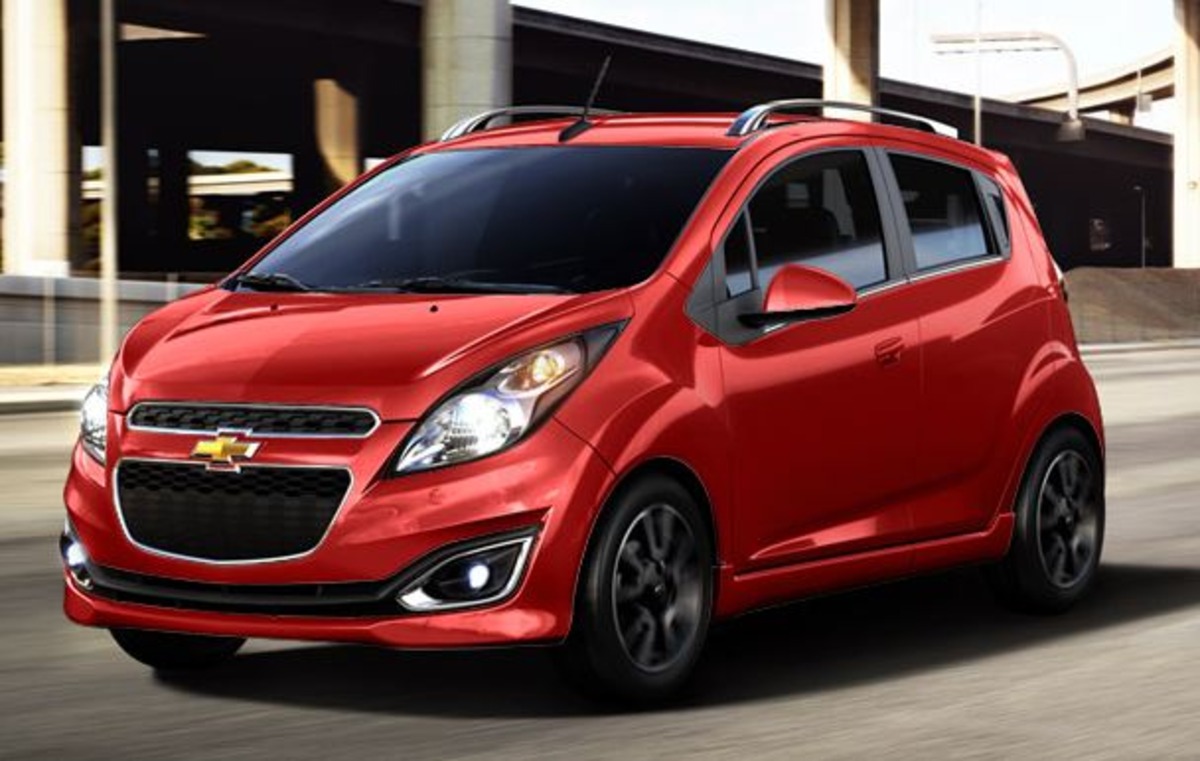
This limited basic coverage is problematic, especially since the Spark has been associated with early wear issues, including suspension degradation, brake system failures, and faulty infotainment units.
Another downside is the lack of additional ownership perks. Roadside assistance ends with the powertrain coverage, and there’s no free scheduled maintenance or extended hybrid/electric system coverage, even for trims with updated tech features.
GM’s dealership network doesn’t always prioritize warranty claims on lower-end models like the Spark either, meaning longer wait times and occasional resistance to covering repairs.
For a car that’s often chosen by students or those on tight budgets, the Spark’s weak warranty coverage increases the risk of unexpected out-of-pocket costs early in the ownership cycle. For many drivers, this minimal coverage quickly turns the Spark into a false economy.
3. Dacia Sandero (Europe) – Cheap Price, Fragile Warranty
The Dacia Sandero has made waves in Europe as one of the cheapest new cars available, offering basic transportation for an impressively low price. However, its limited warranty coverage reflects its budget positioning, and for buyers looking for long-term peace of mind, this warranty doesn’t deliver.
Dacia’s standard factory warranty in many regions is a 3-year/60,000-mile policy, which applies to both the vehicle’s mechanical components and its electrical systems.
However, unlike other brands that segment powertrain coverage for longer periods, Dacia lumps everything into this three-year plan. After that, owners are fully responsible for any engine, transmission, or drivetrain failures.
Given the Sandero’s mixed reputation for build quality, especially in earlier models, this limited warranty quickly becomes a point of concern.
Reports from owners and consumer organizations point to issues such as failing electronics, cheap interior plastics prone to wear, and premature clutch problems. In cases where problems occur just outside the warranty window, repairs often exceed the car’s residual value.
Additionally, Dacia’s dealership support has been criticized in some regions for being inflexible on warranty claims, particularly if the vehicle hasn’t followed a strict service schedule through official partners. Any missed service—even for minor issues—can void remaining warranty coverage.
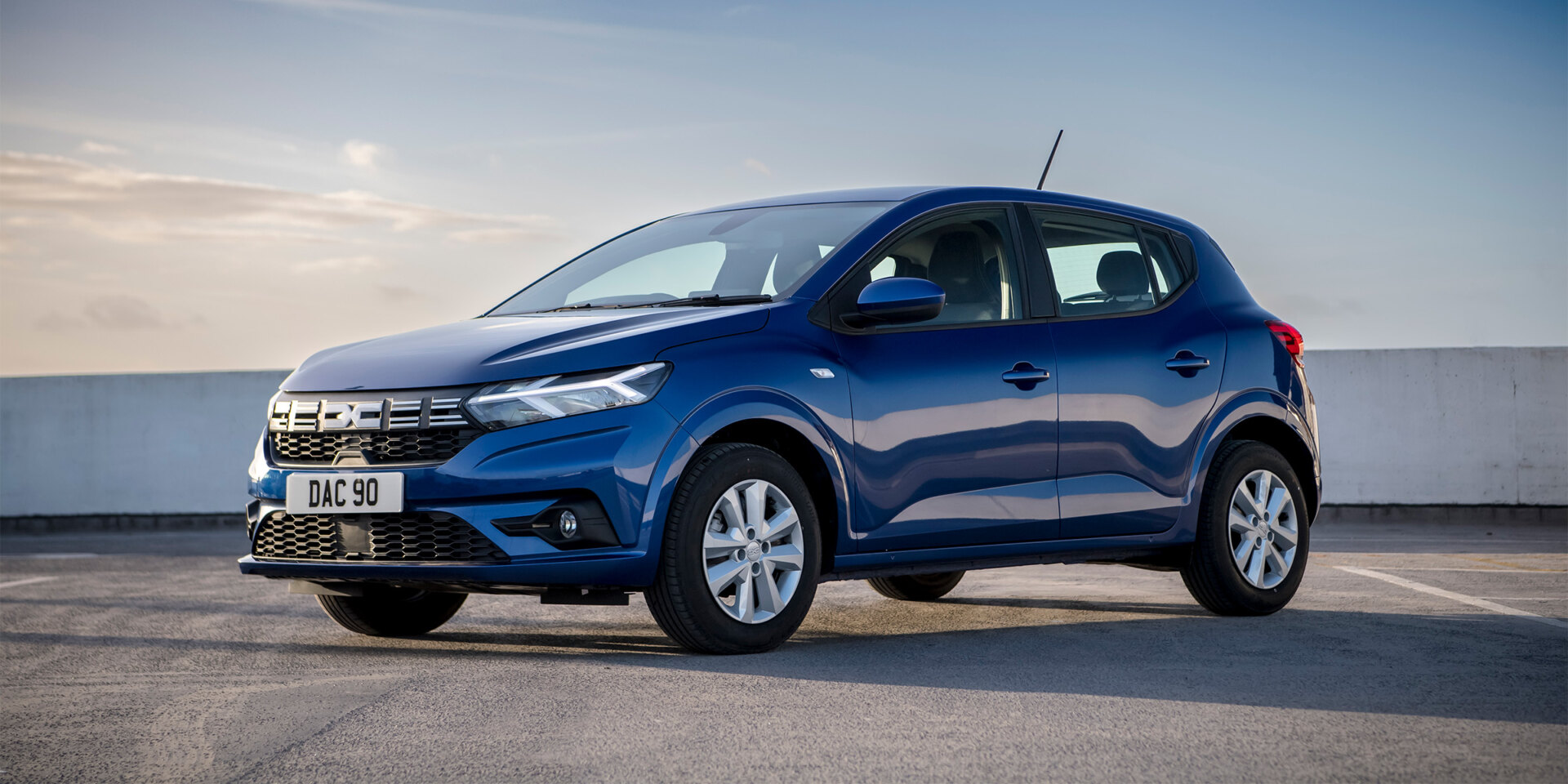
While the Sandero may seem like a good deal upfront, its short, fragile warranty and strict conditions make it risky for those hoping to keep it for the long haul. For drivers needing a car that holds up over time with reliable support, this warranty barely serves its purpose.
4. Jeep Renegade (USA/Italy) – Warranty Doesn’t Match Real-World Repairs
The Jeep Renegade, despite its rugged branding and off-road marketing appeal, is actually built on a platform shared with Fiat, and its real-world reliability has consistently been questioned. Add to that a factory warranty that fails to inspire confidence, and you get one of the more disappointing protection plans in the compact SUV class.
The Renegade comes with a 3-year/36,000-mile basic warranty and a 5-year/60,000-mile powertrain warranty—a setup that looks average on paper. But in practice, it is widely seen as inadequate, especially considering the frequency of warranty claims.
The Renegade has seen high rates of transmission failure, electrical gremlins, and infotainment malfunctions—all within the first 50,000 miles in many cases.
Even more concerning is how Jeep handles these claims. Numerous owner reports and automotive forums highlight the slow warranty processing and dealer pushback on certain repairs.
In many cases, customers are told their issues fall outside the warranty’s “defined limits,” even when the vehicle is still under coverage. This has led to frustrating experiences for owners trying to fix serious mechanical problems.
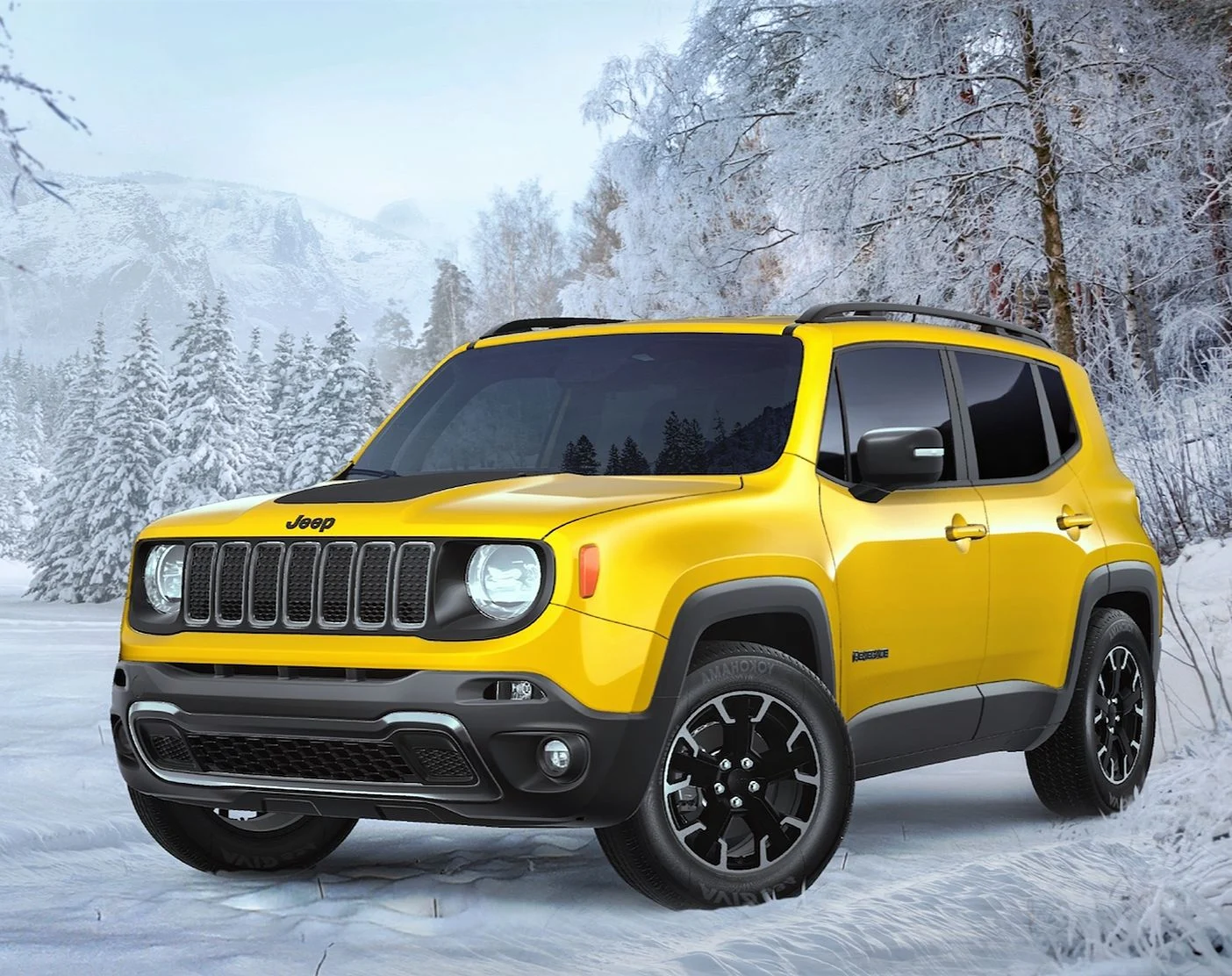
Also, Jeep does not offer extended hybrid or electric system warranties for Renegade trims equipped with mild-hybrid systems sold in some regions. Roadside assistance is available for only five years, and there are no perks like scheduled maintenance or software updates.
Ultimately, the Renegade is a case of style over substance, and the lack of dependable warranty support amplifies its reliability flaws. Owners may find themselves paying out of pocket far sooner than expected.
5. Mahindra KUV100 (India) – Limited Warranty for an Experimental City Car
The Mahindra KUV100 was Mahindra’s attempt to offer an affordable urban crossover for Indian and emerging markets. While it delivered quirky looks and compact practicality, its factory warranty failed to provide meaningful long-term value for owners.
Mahindra initially provided a 2-year/50,000 km warranty, with some dealerships offering an optional extended plan. While the coverage includes basic components, it lacks powertrain segmentation.
Engine and transmission faults are only covered within that narrow 2-year window, and coverage for things like electrical failures, turbocharger issues, or steering problems is often excluded unless explicitly proven to be manufacturing defects.
This is especially problematic because the KUV100 has not earned a reputation for strong reliability. Common complaints include poor clutch life, inconsistent electronics, rough gearbox operation, and questionable fit-and-finish. These problems often show up after the short warranty expires, leaving owners facing costly repairs out of pocket.
Service satisfaction is also inconsistent across Mahindra dealerships, especially in rural and Tier 2 cities, where expertise and parts availability can vary widely. Additionally, warranty claim approvals require extensive documentation, and customers have reported delays and outright denials for seemingly legitimate issues.
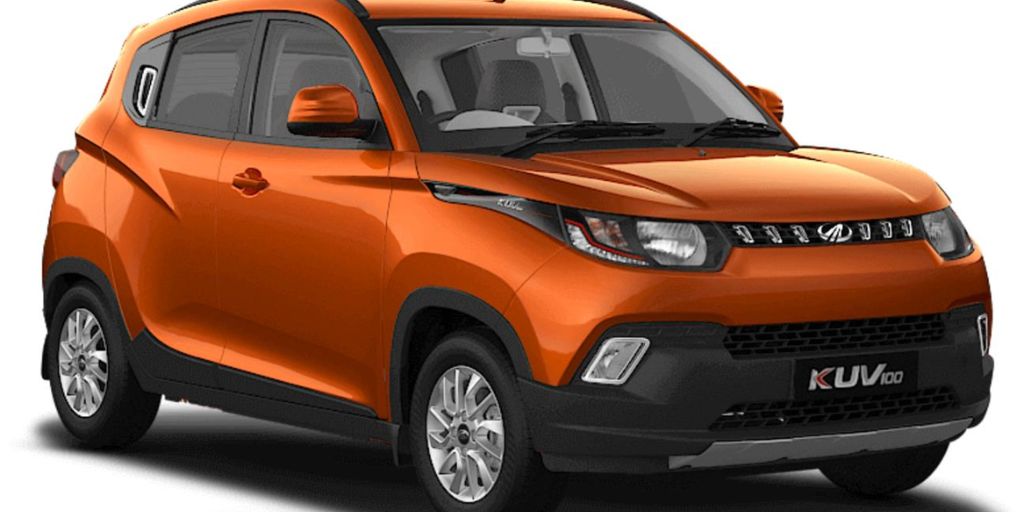
In a market where rival automakers offer longer warranties and better roadside support—even for budget cars—the KUV100’s limited coverage hurts its case. For a vehicle that straddles the line between a hatchback and an SUV but lacks lasting durability, this fragile warranty only emphasizes its flaws.
A factory warranty is more than a sales pitch—it’s a manufacturer’s promise to stand behind their product. In today’s competitive global market, many automakers are stepping up with extended warranties, hybrid system coverage, roadside assistance, and dealer support that helps owners feel secure. However, not every brand or model lives up to that expectation.
The cars listed in this section show that not all warranties are created equal. The Fiat 500, with its reputation for breakdowns and minimal dealer support, demonstrates how a short warranty can become a major liability.
The Chevrolet Spark, though cheap, provides no meaningful long-term coverage for buyers who are trying to minimize their costs over five or more years. Meanwhile, Dacia’s Sandero may offer extreme affordability, but its minimal and inflexible warranty coverage doesn’t protect owners when real-world issues arise.
The Jeep Renegade stands as a warning that even mainstream, recognizable brands can disappoint—especially when poor reliability is combined with frustrating dealership experiences.
And the Mahindra KUV100 shows that in developing markets, warranty coverage can still be uneven and ultimately ineffective, especially if dealerships lack the infrastructure to back it up.
For any car buyer, it’s essential to read between the lines of factory warranty documents and research how brands actually handle claims. Short warranty durations, poor after-sales service, or long exclusions lists should raise red flags, especially if the car has a track record of mechanical issues. A good warranty doesn’t just sound good—it actually provides value when it matters most.
In contrast to the cars with strong warranties discussed earlier, these models highlight the risks of weak support. Whether you’re buying new or nearly new, a solid warranty can make or break the ownership experience. Always balance affordability with long-term confidence, and avoid cars that leave you vulnerable the moment the paperwork is signed.
Also Read: 5 Cars With Tough Suspension and 5 That Feel Fragile

